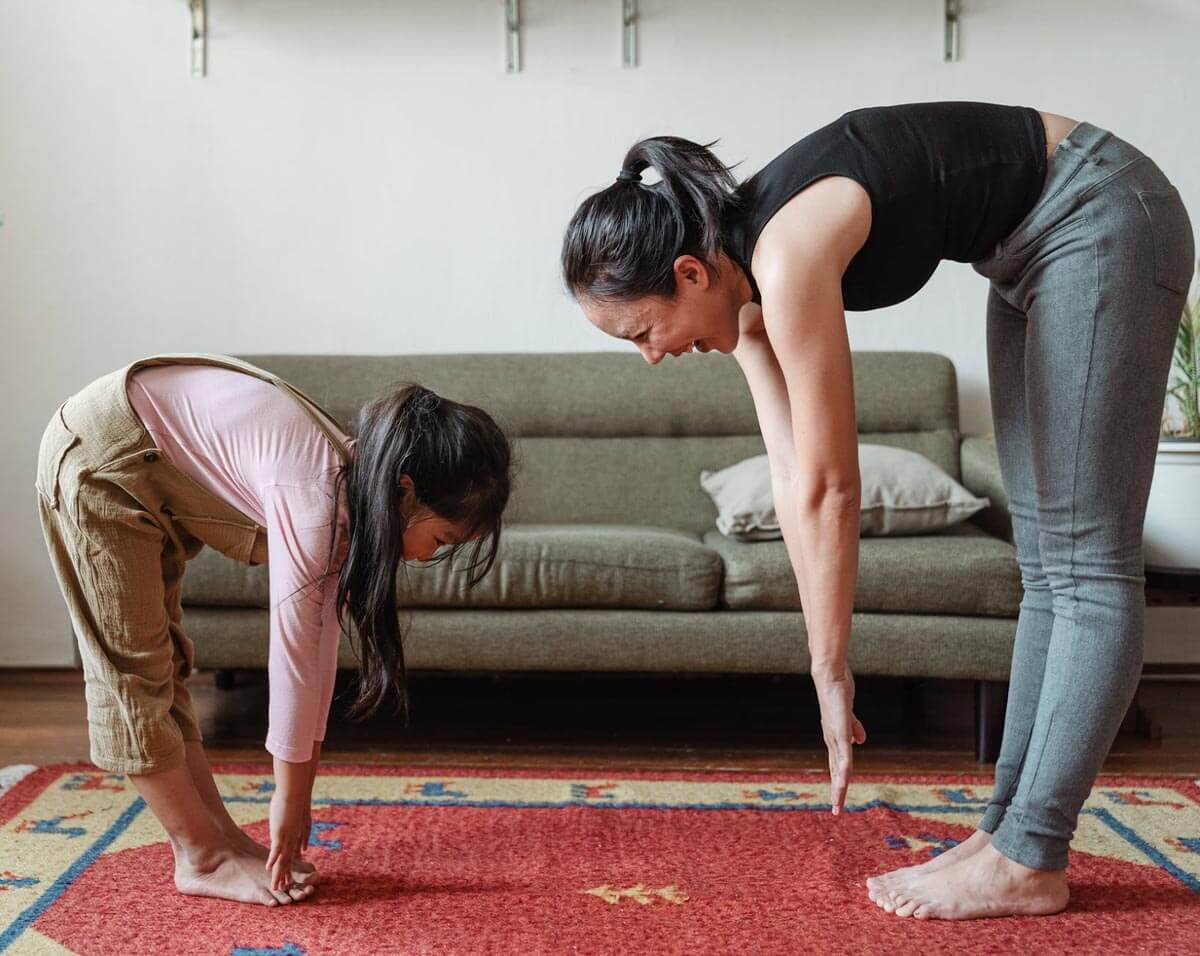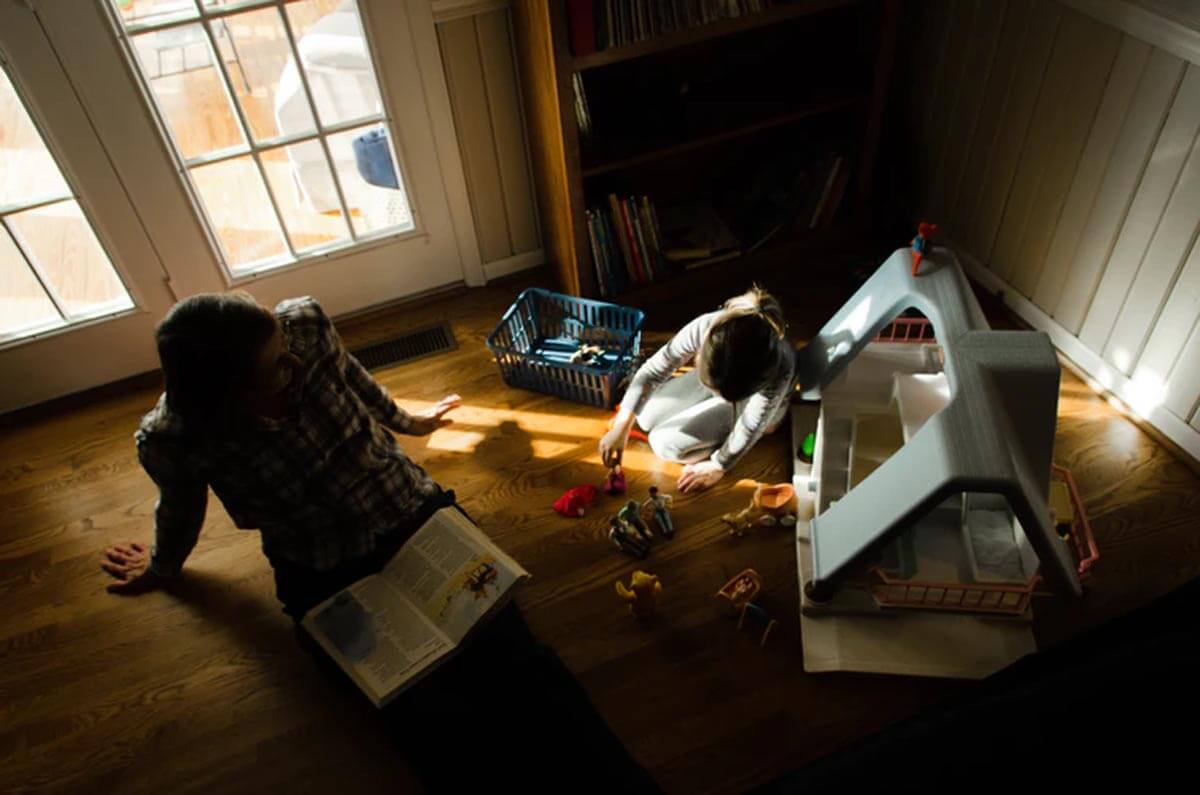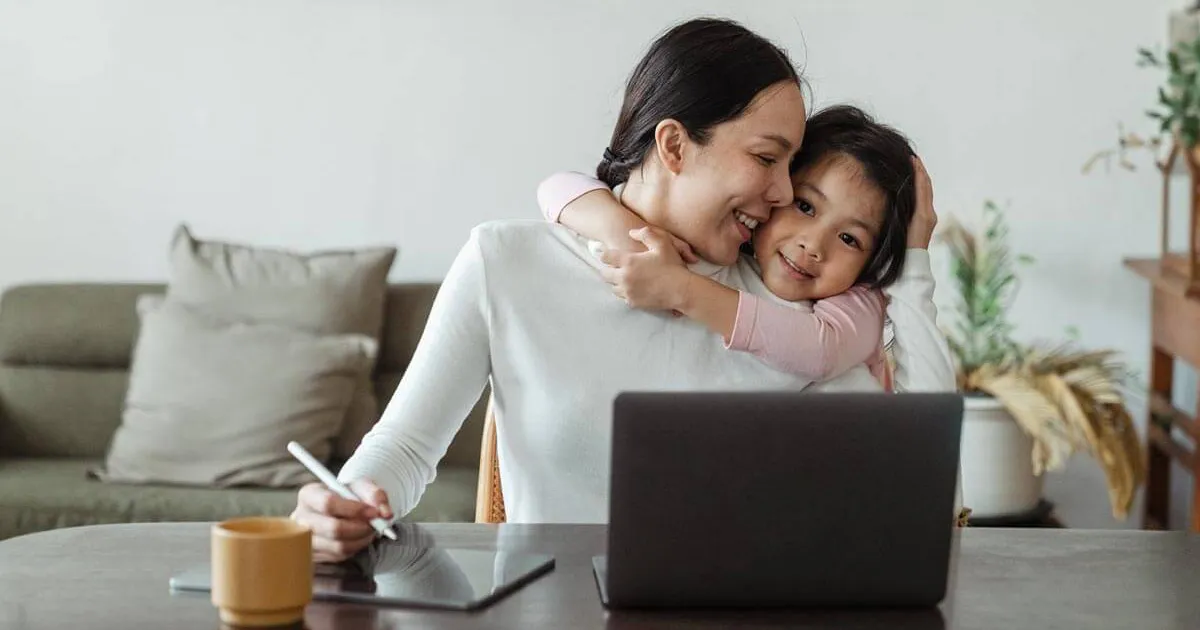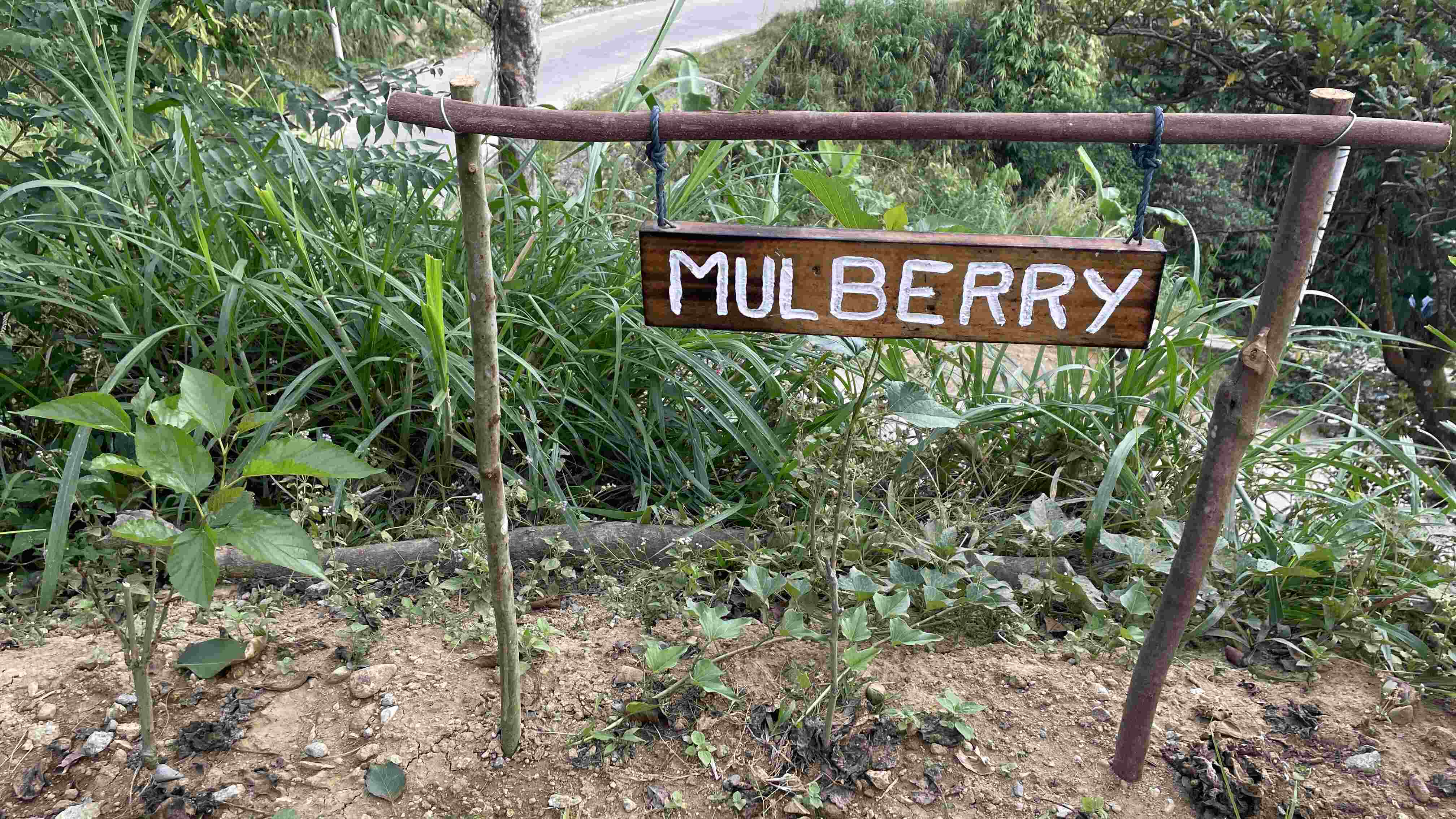Early Childhood Teachers Share Their 5 Tips for Online Classes
Published on: June 23, 2021
Updated on: August 5, 2021
0 Like
Since the pandemic hit, our homes have been our children’s classrooms. No one was prepared for such a crisis; but because of the quarantine measures and school shutdowns, parents stepped up to the challenge of carving out learning spaces in their homes.
But while redesigning the living room or optimizing your condo for online classes may be a breeze for the interior enthusiast in you, keeping your little ones motivated to study poses a different challenge altogether.
You may be worried for your child, as you both have to cope with this new normal of learning – wondering how they can maximize learning in this setup or even how it may affect their mental health.
In previous Communities blogs, we tackled how to make home learning fun and productive for kids. In this article, we reached out to early childhood teachers for their top tips for online classes and how to keep your kids motivated while teaching them.
Use the strategies below to help make distance learning a success:
1. Communicate with your child’s teachers.
“It takes a village to raise a child,” says this proverb that applies to pandemic learners. For online classes to be more effective, Jolo Lagman, a kindergarten educator for almost six years, advises parents to partner closely with their kids’ teachers and be open about which work they can do. This is especially important if you report to the office or work full-time at home. “With coordination and collaboration, parents and teachers can set realistic goals and expectations on the child’s learning,” says Jolo. Photo courtesy of Ketut Subiyanto via Pexels
Photo courtesy of Ketut Subiyanto via Pexels
2. Create a school environment at home.
When schools closed, kids were no longer able to engage in their usual routine of preparing for class, packing their things, and hopping on the school bus. The line between home and school became blurred. Additionally, with classes moving to a space that’s supposedly for rest and play, kids may experience a slump in motivation and productivity. Young ones need structure to form good learning habits. For this reason, optimizing your space for home-schooling may indeed contribute to better learning. An early childhood professional who teaches at a prestigious nursery school in Metro Manila strongly recommends creating this “school environment” at home, where they can “associate that area with a certain activity that needs to be done.” Photo courtesy of August de Richelieu via Pexels
Photo courtesy of August de Richelieu via Pexels
3. Get them involved in creating a “home classroom.”
While you’re in the business of designing your child’s learning nook, enlist their help in setting it up. It may take a lot longer if you do it with them, but it will contribute to building an atmosphere of learning at home. The early childhood teacher we interviewed gave this tip for online classes, “Get [children] involved in the set-up. The likes of “packing away”, “getting ready for school”, are small, but [are] important points of interest in helping the home create a school environment for the child with our current circumstances.” Photo courtesy of JESHOOTS.COM via Unsplash
Photo courtesy of JESHOOTS.COM via Unsplash
4. Get moving!
Physical activities will help get your child in the best mood for a productive day ahead. Jolo encourages parents to "play some music to sing and dance to, load some child-friendly exercise videos on video-sharing platforms, or plan your own game at home like making an obstacle course in your living room." Do this before asynchronous work-like homework or projects, as a warm-up for online classes, he said in his suggested tips for online classes. Photo courtesy of Ketut Subiyanto via Pexels
Photo courtesy of Ketut Subiyanto via Pexels
5. Take a break.
It’s not good for kids to spend hours in front of a computer. This is why Jolo, who’s also the host behind the teacher’s podcast ‘Uy! Si Titser’, recommends taking meaningful breaks in between classes or work. He suggests that you, both as an educator and a parent, should try to:- Have a quick playtime;
- have snacks together;
- read for a while, and;
- get your child into meditation and mindfulness.
 Photo courtesy of Taylor Wilcox via Unsplash
Photo courtesy of Taylor Wilcox via Unsplash




